Understanding Your Water
Hard Water
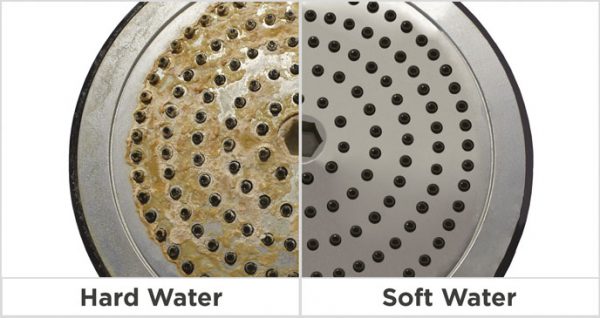
Had water contains dissolved minerals and, in many cases, iron. Most water is hard, whether it comes from a private well or the municipal supply. But most people don’t realize the constant and costly harm it causes. The effects range from dry skin and hair, bathtub ring, spots on glass and silverware, and dull, dingy clothing, to disappointing performance and the shortened life of your water-using appliances.
Cloudy Water
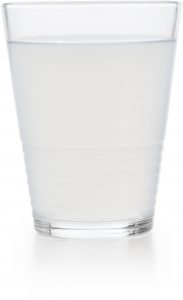
Cloudy, murky or greyish water is usually caused by suspended or dissolved solids. This can be caused naturally or from land disturbances such as construction, storms and urban run-off. Even if your water looks clear it could still contain a high level of dissolved solids. That’s why you should have it tested.
Taste & Odor

Water that smells or tastes bad is the primary reason people turn to purified water products. Chlorine is used to kill harmful bacteria in the municipal water supplies, but it also tastes and smells bad, dries skin and hair, fades clothes and can damage water-using appliances.
Decayed vegetation or algae can produce an earthy or musty taste and smell. The corrosive gas hydrogen sulphide often found in ground water has the characteristic odor of rotten eggs.
A metallic taste indicates the presence of iron or other metals, which can occur naturally or derive from an ageing water distribution system.
Staining
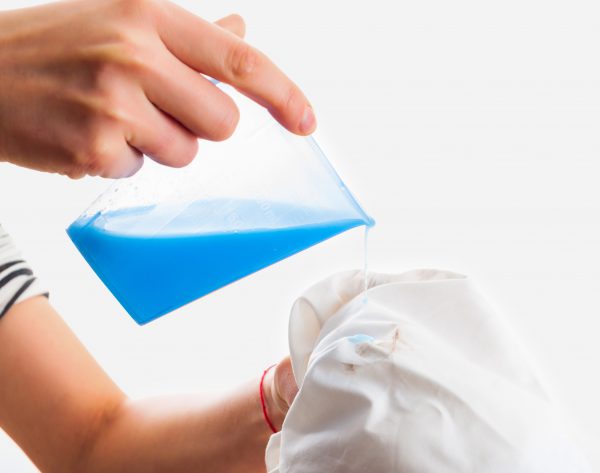 Water will dissolve almost anything over time. Depending on where you live, your water may contain iron or other metals leached from an aging distribution system, which can cause rusty-orange staining on clothes, fixtures and water-using appliances. These stains can be difficult to remove.
Water will dissolve almost anything over time. Depending on where you live, your water may contain iron or other metals leached from an aging distribution system, which can cause rusty-orange staining on clothes, fixtures and water-using appliances. These stains can be difficult to remove.
Bacteria & Viruses
 Acute waterborne gastrointestinal illness is very common. These illnesses are often caused by bacteria, viruses and protozoa that make their way into the water supply and can survive in the environment for months. Even modern treatment plants cannot ensure that water is entirely free of such pathogens. And bottled water, which is largely unregulated and varies in quality, may not offer any additional safeguards.
Acute waterborne gastrointestinal illness is very common. These illnesses are often caused by bacteria, viruses and protozoa that make their way into the water supply and can survive in the environment for months. Even modern treatment plants cannot ensure that water is entirely free of such pathogens. And bottled water, which is largely unregulated and varies in quality, may not offer any additional safeguards.
Scale
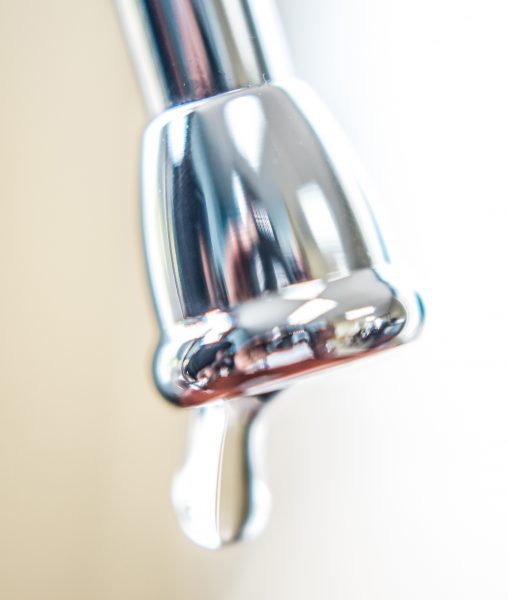 As water percolates through rock it picks up minerals like calcium and magnesium. When the water enters your home, and is heated it forms a rock-like scale buildup. Scale is obvious on shower doors and bathroom fixtures, but it will also form in places you can’t see, such as inside your water heater and dishwasher. Expensive cleaners and chemicals are often ineffective in removing scale, which can shorten the life of water-using appliances.
As water percolates through rock it picks up minerals like calcium and magnesium. When the water enters your home, and is heated it forms a rock-like scale buildup. Scale is obvious on shower doors and bathroom fixtures, but it will also form in places you can’t see, such as inside your water heater and dishwasher. Expensive cleaners and chemicals are often ineffective in removing scale, which can shorten the life of water-using appliances.
Pharmaceuticals
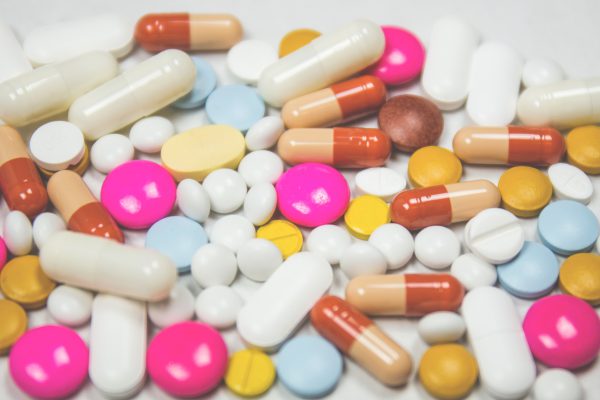 There is growing concern about residual amounts of pharmaceutical compounds in drinking water. While there is no evidence that these levels pose a significant health risk, many consumers want to protect their drinking water from any potential threat. Reverse osmosis filters can block molecular compounds. While no system can claim to remove 100 per cent of all trace chemicals, our water treatment systems are among the best solutions available.
There is growing concern about residual amounts of pharmaceutical compounds in drinking water. While there is no evidence that these levels pose a significant health risk, many consumers want to protect their drinking water from any potential threat. Reverse osmosis filters can block molecular compounds. While no system can claim to remove 100 per cent of all trace chemicals, our water treatment systems are among the best solutions available.
Sodium
Sodium is a common element in the natural environment and is often found in food and drinking-water. In drinking water, sodium can occur naturally or be the result of road salt application, water treatment chemicals or ion-exchange softening units. Sodium is not considered to be toxic. The human body needs sodium to maintain blood pressure, control fluid levels and for normal nerve and muscle function.